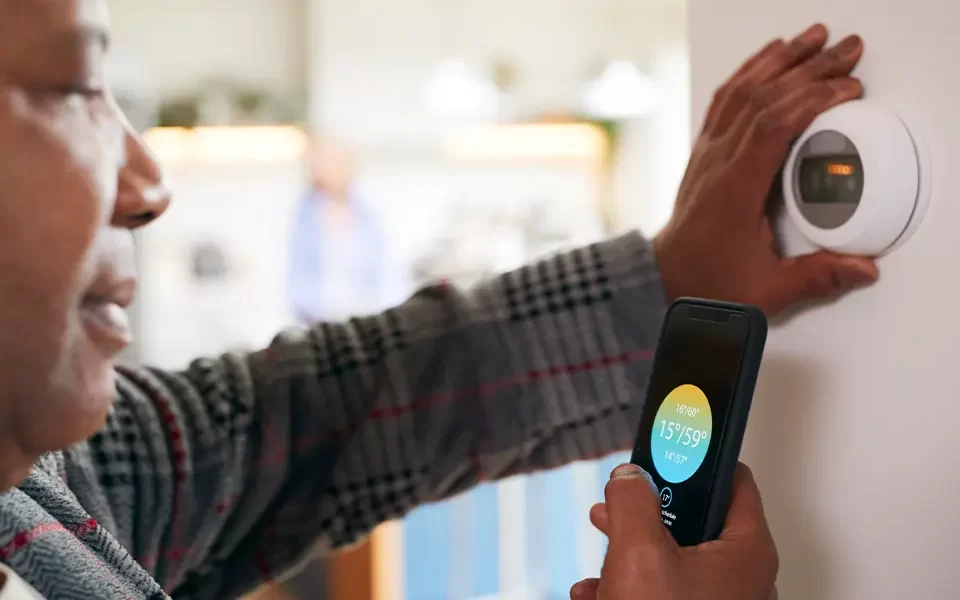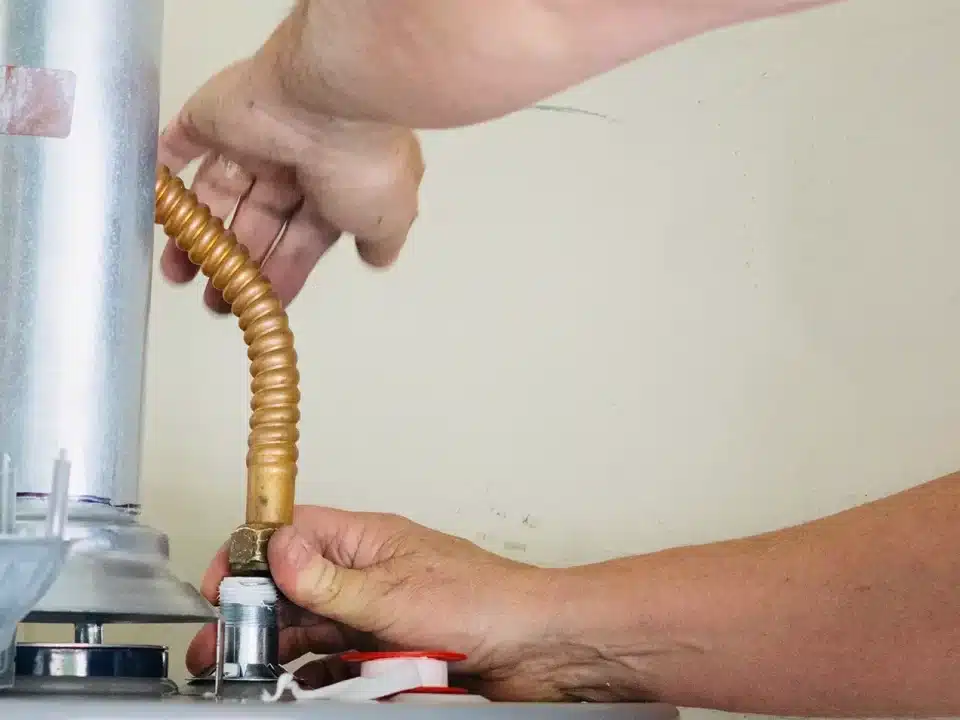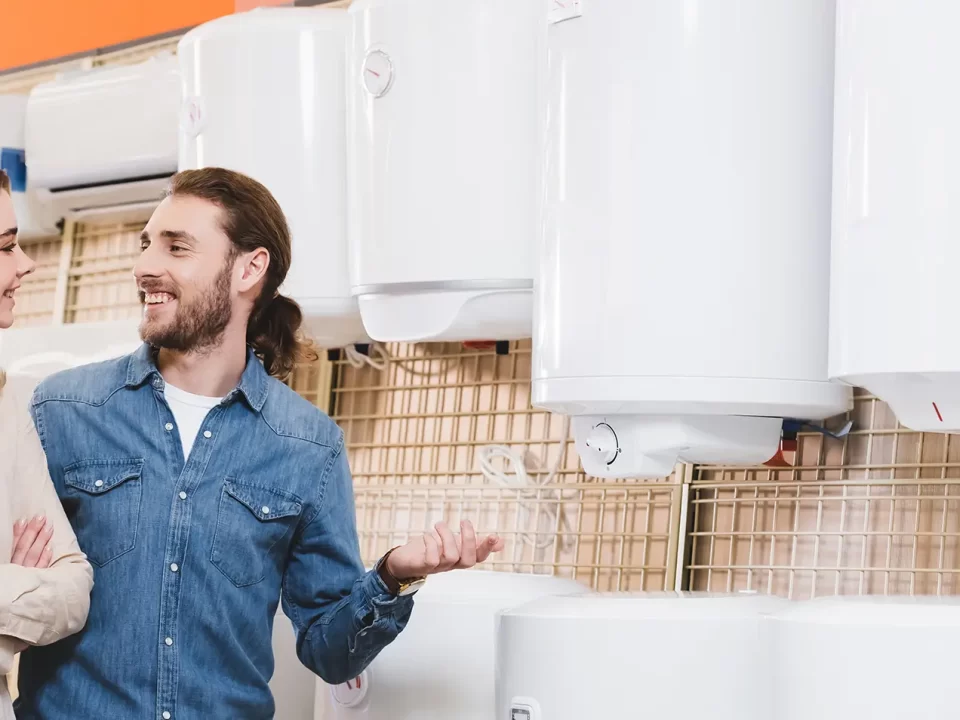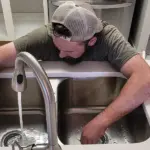
The Ultimate Plumbing Maintenance Checklist
August 21, 2025Few things throw off your day like turning on the tap and discovering you’ve got no hot water. Whether you own a home or manage a property, hot water tank issues can show up suddenly or build up slowly over time until a complete failure leaves you scrambling. Understanding the signs, how these systems work, and the common problems for different types of water heaters can save you stress, money, and potentially costly damage.
Before we look at warning signs and troubleshooting, let’s quickly cover the basics of how a water heater does its job.
How a Hot Water Heater Works
A water heater tank is essentially an insulated cylinder that holds and heats water for your home. Cold water flows into the tank, where it is warmed either by gas burners at the bottom of the tank (for gas water heaters) or by an electrical heating element (for electric water heaters). A thermostat regulates the high temperature limit, while safety components like pressure relief valves protect against dangerous pressure buildup.
Over time, parts like the anode rod (which prevents corrosion) and the pilot light (on gas models) may wear out or fail, leading to some of the most common water heater problems homeowners face.
Tankless water heaters, by contrast, don’t store hot water at all. Instead, they heat water on demand as it flows through the system. This makes them highly efficient and space-saving, but it also means they need to be sized correctly for your household. Otherwise, multiple taps or appliances running at once can strain the unit.
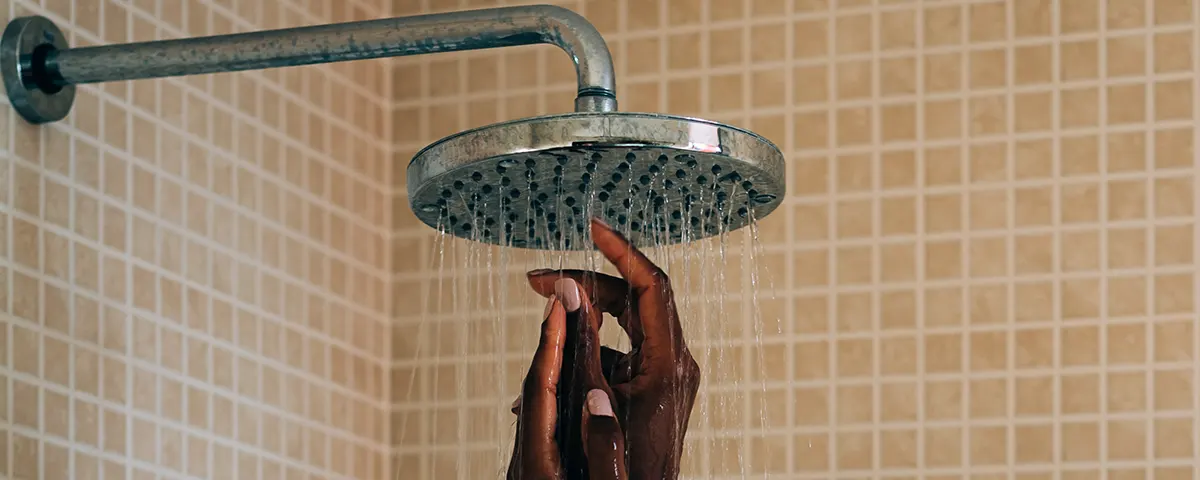
Signs of Hot Water Tank Issues
How do you know when your hot water heater needs attention? Here are the most common red flags:
- Lack of Hot Water – If your shower turns icy halfway through, or you consistently run out too quickly, something is wrong with how the system is heating the water.
- Strange Noises – Rumbling or popping sounds often point to sediment buildup at the bottom of your tank.
- Rusty or Cloudy Water – May indicate a deteriorating anode rod or corrosion inside the tank.
- Leaks or Moisture Around the Tank – Any visible water pooling is a sign of trouble, possibly from failing seals or cracks.
- Fluctuating Water Temperature – Sudden swings from cold to scalding could be a thermostat or high temperature limit switch issue.
- Pilot Light Problems – For gas models, a pilot light that won’t stay lit is a sure sign of a water heater issue.
- Age of the Tank – Most tanks last 8–12 years. If yours is older, small issues may soon turn into big ones.
Diagnosing Problems with Different Types of Water Heaters
Every type of water heater has its own quirks. Understanding how each system operates will make it easier to spot signs of trouble and know when to call a professional.
Gas Water Heaters
Gas-powered tanks heat water with burners located at the bottom of the tank. Key issues include:
- Pilot Light Keeps Going Out: A faulty thermocouple or dirty pilot assembly may prevent ignition. Cleaning or replacing these parts often solves the problem.
- Sediment Buildup: Minerals settle at the bottom, insulating the burner from the water. Flushing the tank helps restore efficiency.
- Pressure Relief Valves Leaking: If the valve drips constantly, your system may be overheating, or there could be excess pressure. Both require professional inspection.
Electric Water Heaters
Electric models rely on heating elements submerged in the tank. Problems often look like this:
- No Hot Water at All: This could mean a failed upper heating element or thermostat.
- Only Lukewarm Water: A broken lower heating element often causes this, since it handles most of the daily heating of the water.
- High Energy Bills: If the tank is struggling to heat, faulty elements or insulation issues may be the cause.
Tankless Water Heaters
Though efficient, tankless water heaters can also face unique problems:
- Mineral Buildup: Hard water can clog internal pipes over time, limiting water flow. Annual descaling will help keep things running smoothly.
- Inconsistent Temperatures: This can happen if multiple appliances demand hot water at the same time (i.e. running the shower and washing machine at once). Installing a properly sized unit prevents this.
- Error Codes: Modern models often display diagnostic codes. If you’re seeing one, it’s usually a sign to call a professional.
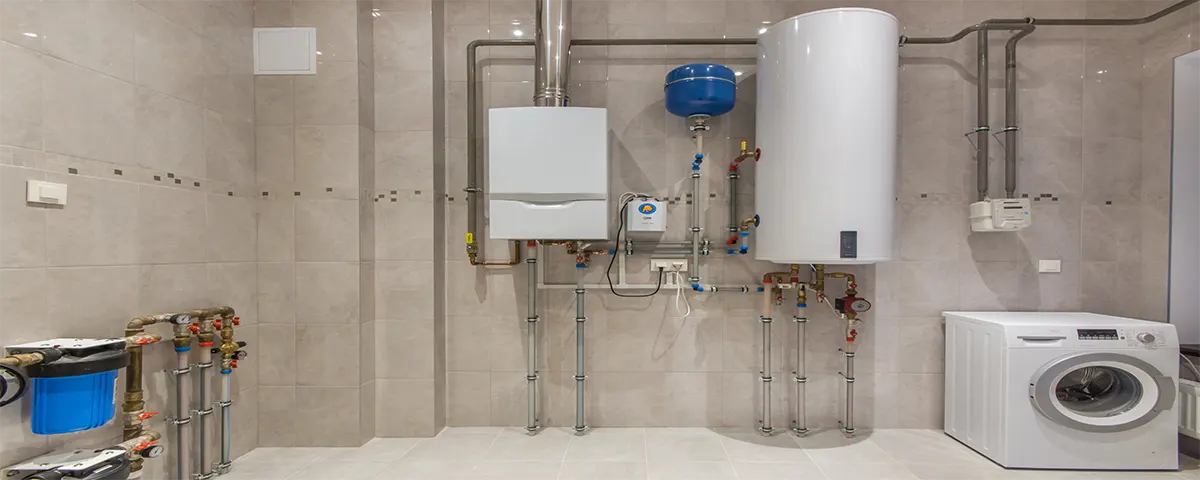
Common DIY Checks Before Calling a Professional
While some repairs require a licensed plumber like Kelowna Plumbing, there are a few quick checks that can help you understand your situation:
- Reset the Thermostat: Make sure the thermostat hasn’t been accidentally set too low.
- Inspect the Pilot Light: If you have a gas unit, confirm it’s lit. If not, follow the manufacturer’s instructions to relight.
- Flush the Tank: Sediment buildup is a frequent culprit. Flushing once a year prevents many hot water heater headaches.
- Check the Anode Rod: Replacing this inexpensive part can extend the life of your tank by years.
Why Addressing Hot Water Tank Issues Matters
Ignoring small problems often leads to bigger failures. For example, sediment buildup forces your heater to work harder, raising energy costs and wearing out parts faster. A leaking tank can cause water damage, while unresolved temperature problems may put your family at risk of burns.
Proactive maintenance or timely repair can save hundreds (and in some cases, thousands) of dollars while ensuring your family has reliable access to hot water.
FAQs About Hot Water Tank Issues
1. How long should my water heater last?
Most hot water heater tanks last 8–12 years with good maintenance, though tankless models may last 20+ years.
2. Should I repair or replace my water heater?
If the unit is under 8 years old and the problem is minor (like a faulty heating element), repair is usually fine. Older tanks with leaks or corrosion are better replaced.
3. How often should I flush my tank?
At least once per year, especially if you live in an area with hard water. This helps prevent sediment buildup and is a great preventative measure to help maintain your unit.
4. Can I switch from a tank to a tankless water heater?
Yes. Many homeowners in Kelowna are upgrading to tankless for efficiency and space savings, though installation costs are higher upfront.
5. What’s the best way to avoid problems?
Regular inspections, annual flushing, and checking components like the anode rod and pressure relief valves help keep systems in top shape.
Hot water tank issues don’t have to take you by surprise. By recognizing the warning signs, understanding the different types of water heaters, and staying on top of maintenance, you can extend the life of your system and avoid sudden breakdowns.
If you’re experiencing a water heater issue, whether it’s a lack of hot water, a leaking valve, or worrying noises, don’t wait until it becomes a bigger problem. Contact the experts at Kelowna Plumbing for professional diagnosis and repair. We give you honest advice and help with timely repairs.

